When To Spray Nectarines: Tips On Spraying Nectarine Trees In Gardens
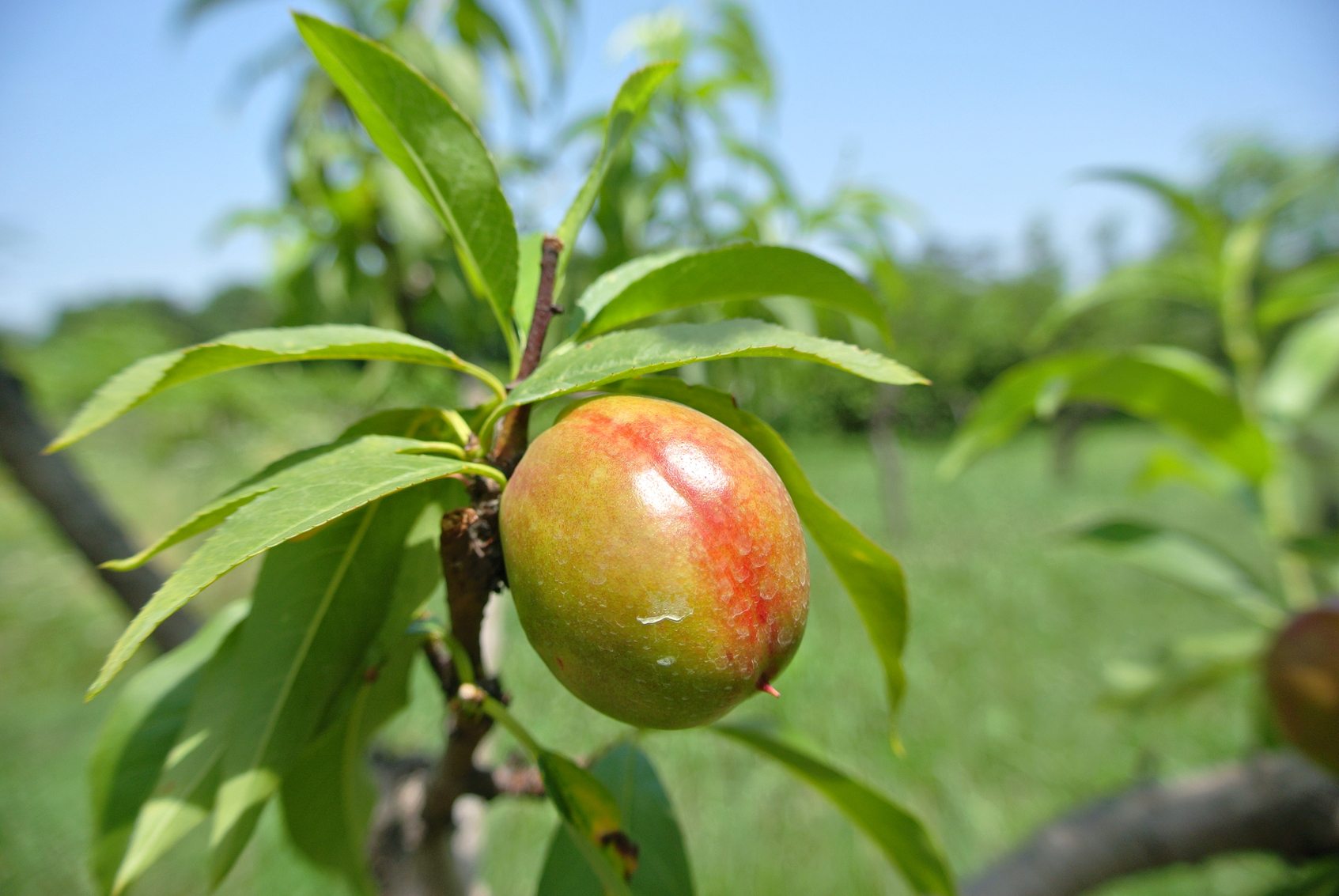

Stay a step ahead of nectarine pests without drenching your trees in toxic chemicals. How? This article explains when to spray nectarines, and offers some advice on the least toxic options when it comes time to do so. Read on to learn more.
Using Fruit Tree Spray for Nectarines
Spraying nectarine trees with the right insecticides and at the right time is essential to growing a good crop. Here are our recommendations for nectarine fruit tree spraying: The first spray of the season is in early spring, before the buds begin to swell. There are two fruit tree sprays for nectarines that should be used when temperatures are between 45 and 55 degrees F. (7-12 C.). Use a copper-based fungicide to prevent powdery mildew, bacterial blight, and leaf curl. Use superior petroleum horticultural oils to kill overwintering scales, mites, and aphids. When the buds swell and show color, but before they open, it’s time to spray for caterpillars and twig borers with spinosad. At the same time, you should spray for aphids, scale, stink bugs, lygus bugs, and coryneum blight. Insecticidal soap is a good insecticide that manages all of these pests. You can also use an insecticide containing the active ingredients esfenvalerate or imidacloprid. The next growth stage is bloom time. Avoid spraying insecticides to preserve and protect honeybees. When the petals drop away leaving a small fruit behind, it’s time to think about aphids and stinkbugs again. Spray as you did at bud swell. If you have feeding caterpillars, spray them with Bacillus thuringiensis or spinosid. In the warm days of summer, you may have problems with peach tree borer. Esfenvalerate is the least toxic option for this pest. For spotted winged drosophila, spray with spinosid.
Use Insecticides Safely
Even though these are relatively safe insecticides, you should take precautions when using them. Spray on calm days to prevent the sprays from drifting into the garden where you are trying to encourage beneficial insects. Keep children and pets indoors while you spray, and wear the protective clothing recommended on the product label. Store insecticides in the original container and out of the reach of children.
Gardening tips, videos, info and more delivered right to your inbox!
Sign up for the Gardening Know How newsletter today and receive a free copy of our e-book "How to Grow Delicious Tomatoes".

Jackie Carroll has written over 500 articles for Gardening Know How on a wide range of topics.
-
 Moody Blooms For Spring: 8 Types Of Black Flowers To Add Drama To Spring Displays
Moody Blooms For Spring: 8 Types Of Black Flowers To Add Drama To Spring DisplaysFrom midnight burgundies to inky violets, several types of black flowers can enrich and embolden a spring display. Try these brooding bloomers for a moody garden
By Tonya Barnett
-
 Can Snake Plants Live Outside? Everything You Need To Know For Snake Plants Al Fresco
Can Snake Plants Live Outside? Everything You Need To Know For Snake Plants Al FrescoSnake plants can live outside given the right conditions, but be careful that they don't take over! Learn the best way to use snake plants in your landscape.
By Mary Ellen Ellis
-
Panamint Nectarine Fruit: Caring For Panamint Nectarine Trees
Panamint nectarine trees are very adaptable for home gardens and produce fruit with an excellent flavor. For more information about Panamint nectarine fruit, plus tips on caring for Panamint nectarines, the following article will help.
By Teo Spengler
-
Southern Belle Nectarines: Learn About Southern Belle Tree Care
If you love peaches but don’t have a landscape that can sustain a larger tree, try growing a Southern Belle nectarine. With its fairly diminutive height, the nectarine ‘Southern Belle’ can be container grown easily. Learn more about this fruit tree in the following article.
By Amy Grant
-
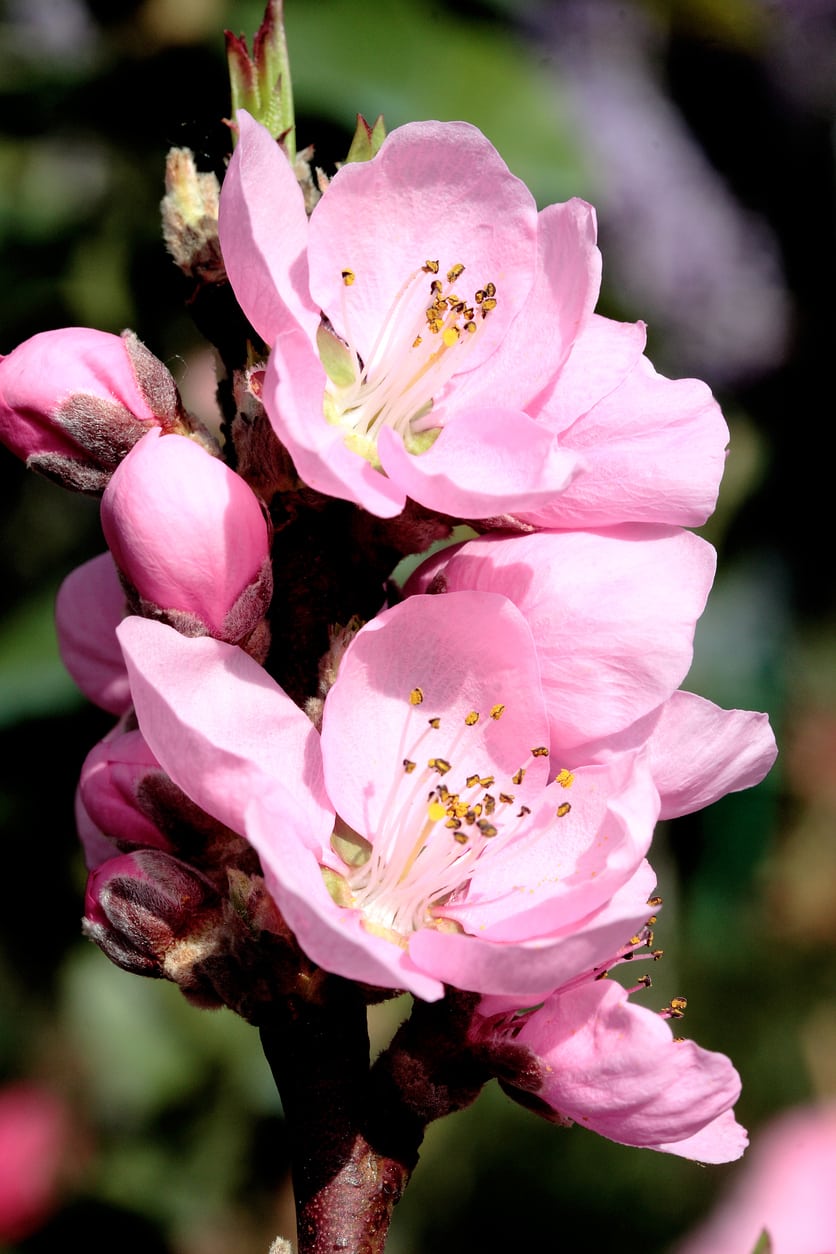 Nectar Babe Nectarine Info – Growing A Nectarine ‘Nectar Babe’ Cultivar
Nectar Babe Nectarine Info – Growing A Nectarine ‘Nectar Babe’ CultivarAccording to Nectar Babe nectarine information, these are natural dwarf trees, but grow full-size, luscious fruit. You can start growing Nectar Babe nectarines in containers or in the garden. Click here for info on these unique trees plus tips on planting.
By Teo Spengler
-
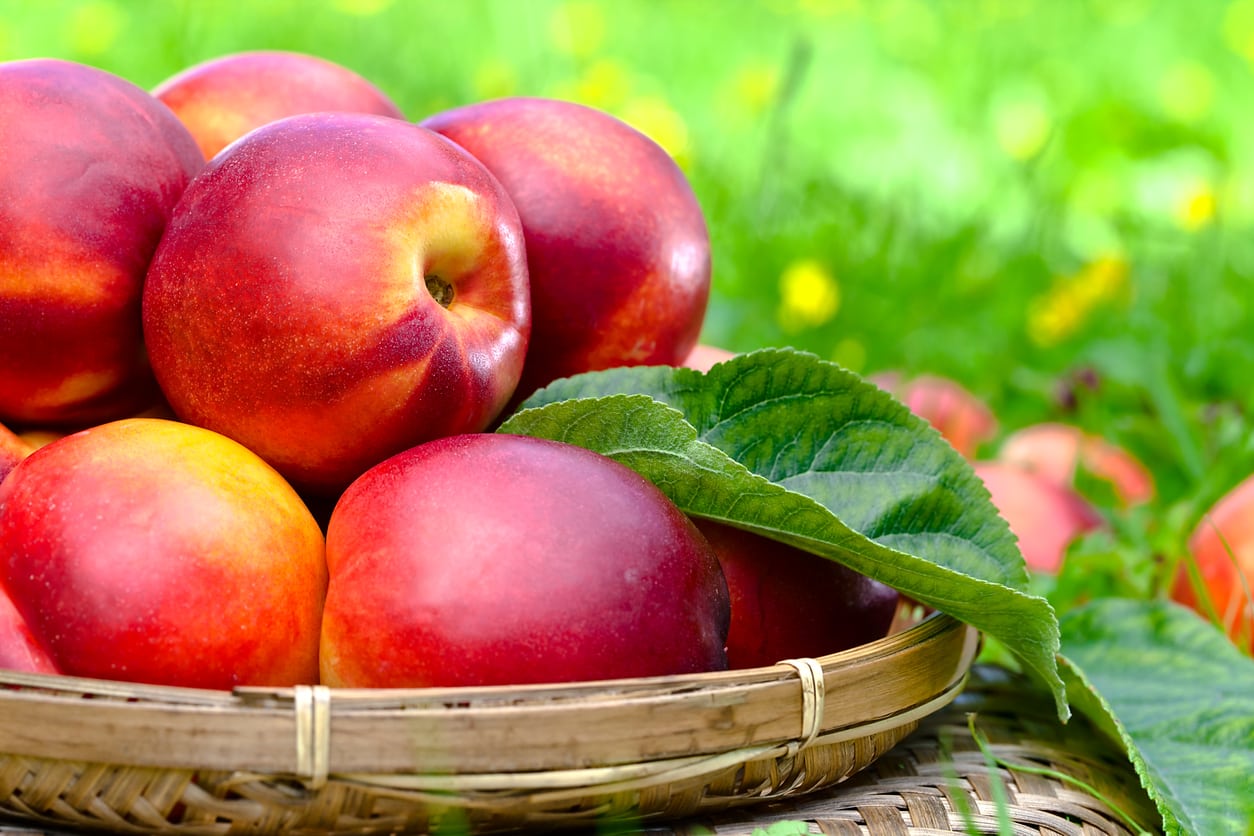 Harko Nectarine Care: How To Grow A Harko Nectarine Tree
Harko Nectarine Care: How To Grow A Harko Nectarine TreeThe Harko nectarine is a Canadian variety high on taste and cold tolerant. If you want to grow this nectarine tree, it’s important to have some facts at your fingertips. Click here for information about growing Harko nectarines and tips about Harko nectarine care.
By Teo Spengler
-
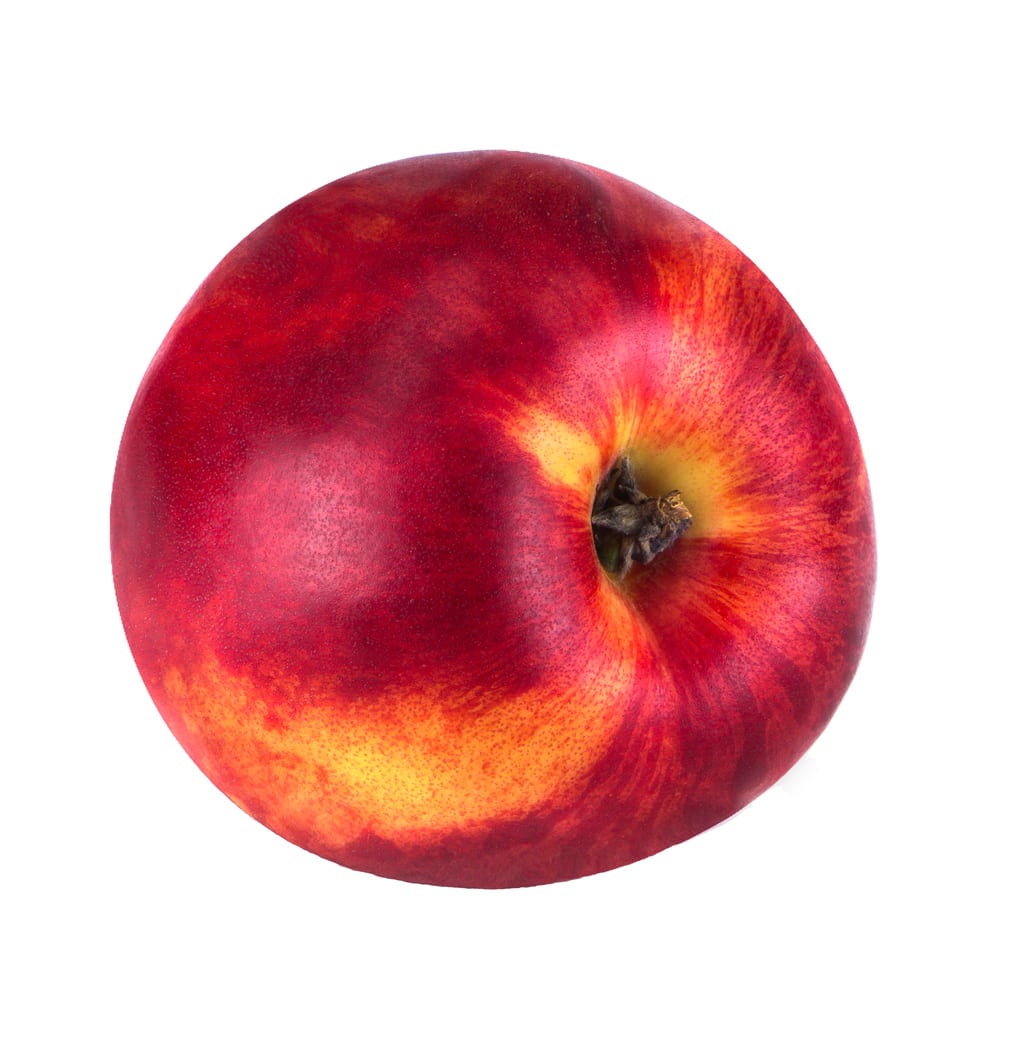 Arctic Rose Nectarine Care: What Is An Arctic Rose Nectarine
Arctic Rose Nectarine Care: What Is An Arctic Rose NectarineIf you are considering growing peaches or nectarines in a backyard orchard, Arctic Rose white nectarine is a great place to start. Click on the following article for information about this interesting cultivar, plus tips on Arctic Rose nectarine care.
By Teo Spengler
-
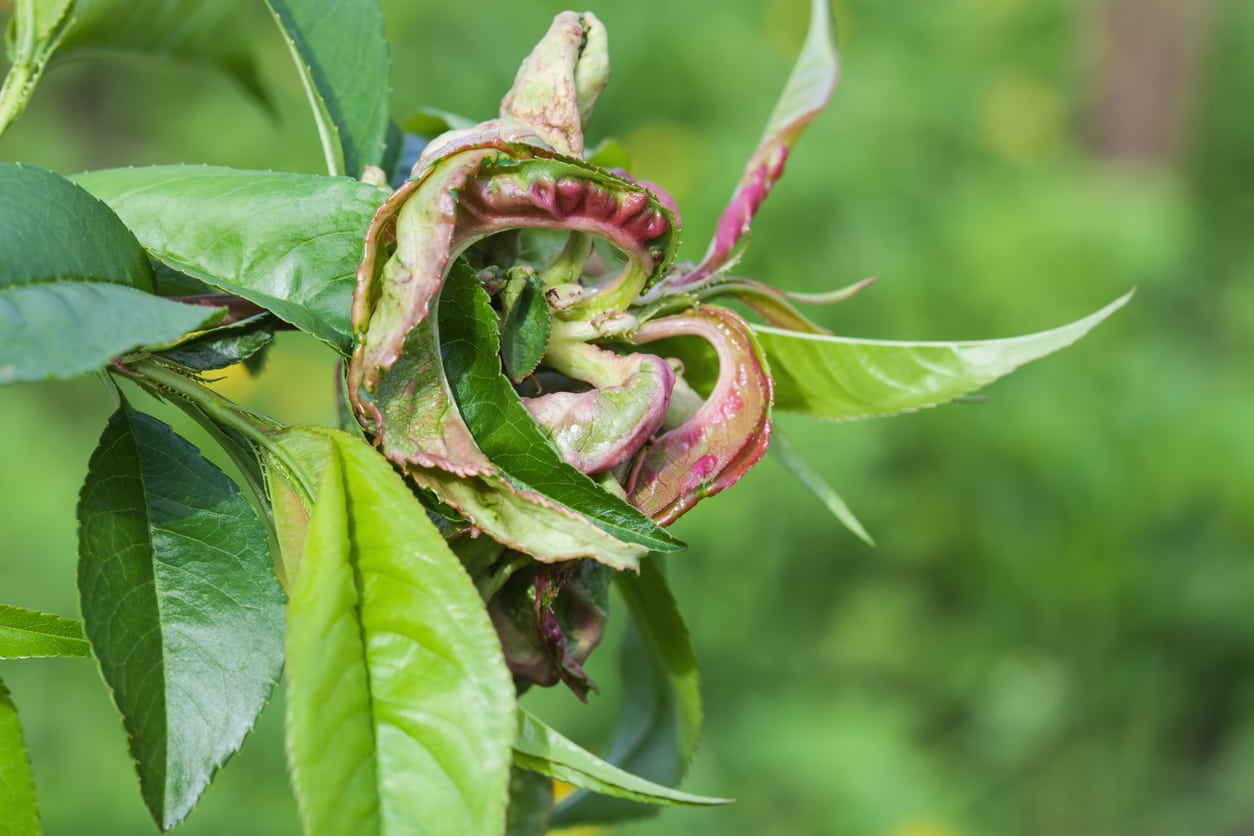 Diseases Of Nectarines: How To Spot Common Nectarine Diseases
Diseases Of Nectarines: How To Spot Common Nectarine DiseasesNectarine disease symptoms may not be readily apparent, and you may have to do some serious observation to locate issues. Others are visually evident and not hard to identify. If your nectarine tree is looking or performing differently than in years past, this article can help.
By Becca Badgett
-
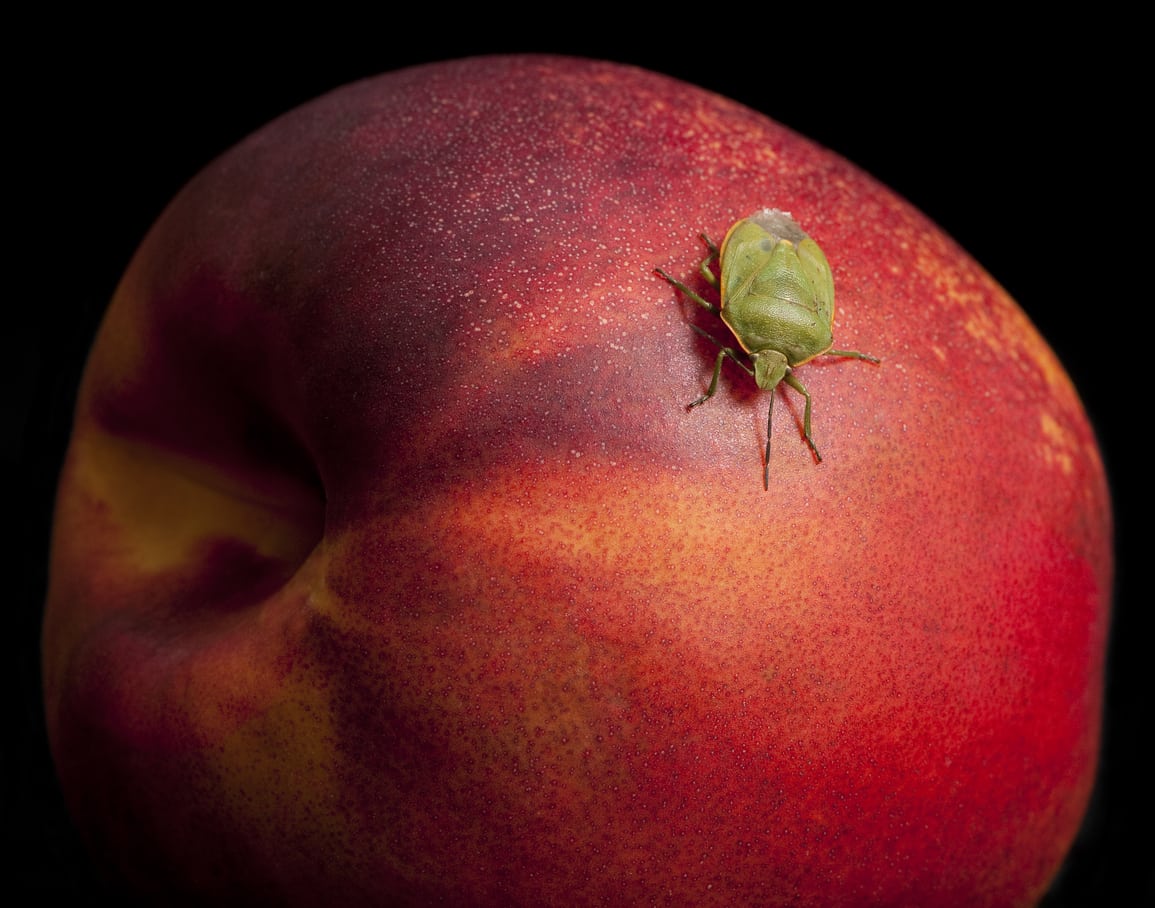 Bugs That Eat Nectarines – Tips For Controlling Nectarine Pests In Gardens
Bugs That Eat Nectarines – Tips For Controlling Nectarine Pests In GardensNectarines and peaches are often used interchangeably in cooking. Not surprisingly, both often face the same pests in the garden. Controlling nectarine pests in the home orchard will help to maintain plant vigor and prevent future pest problems. Learn more here.
By Tonya Barnett
-
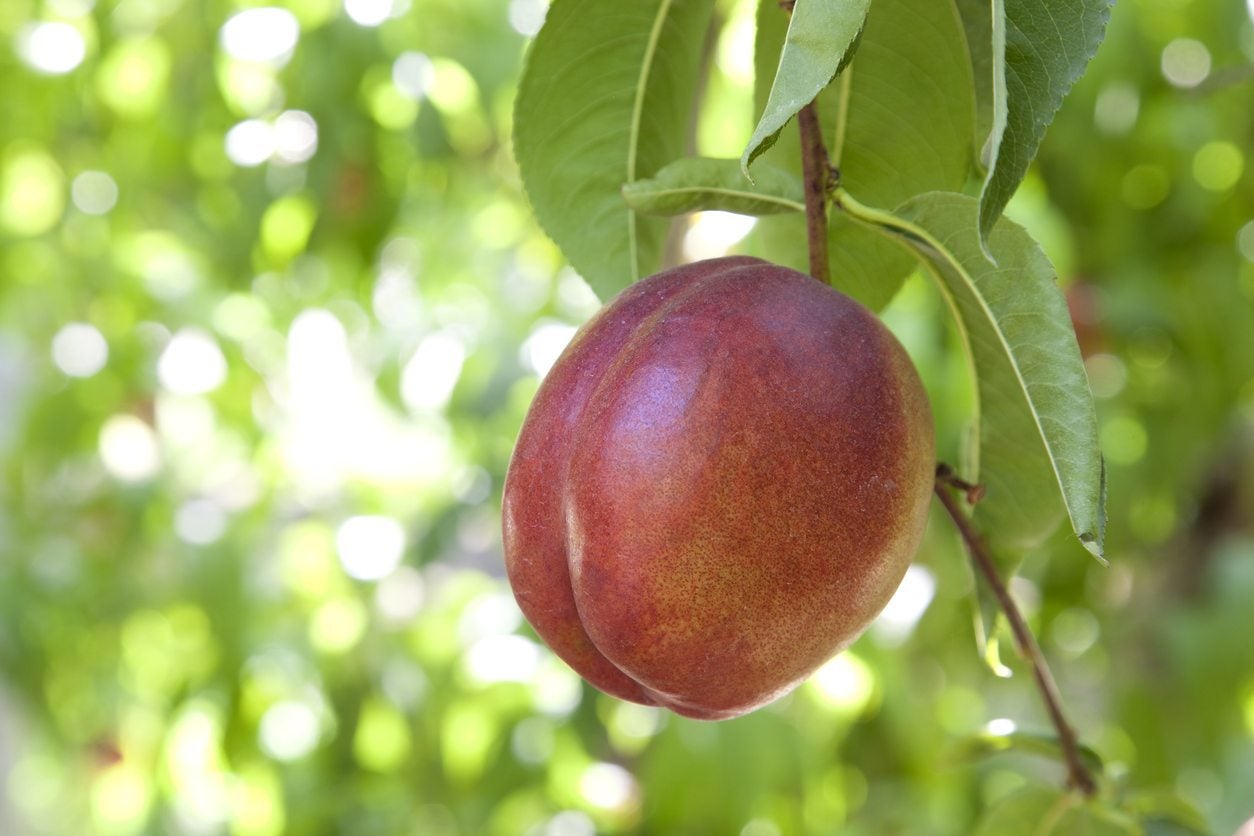 Nectarine Tree Not Fruiting – How To Get Fruit On Nectarine Trees
Nectarine Tree Not Fruiting – How To Get Fruit On Nectarine TreesGetting no fruit on the nectarine trees? If there are no obvious diseases or insect pests, why is the nectarine tree not fruiting? There are quite a few reasons for a fruitless nectarine tree. Find out how to get fruit on nectarine trees in this article.
By Amy Grant